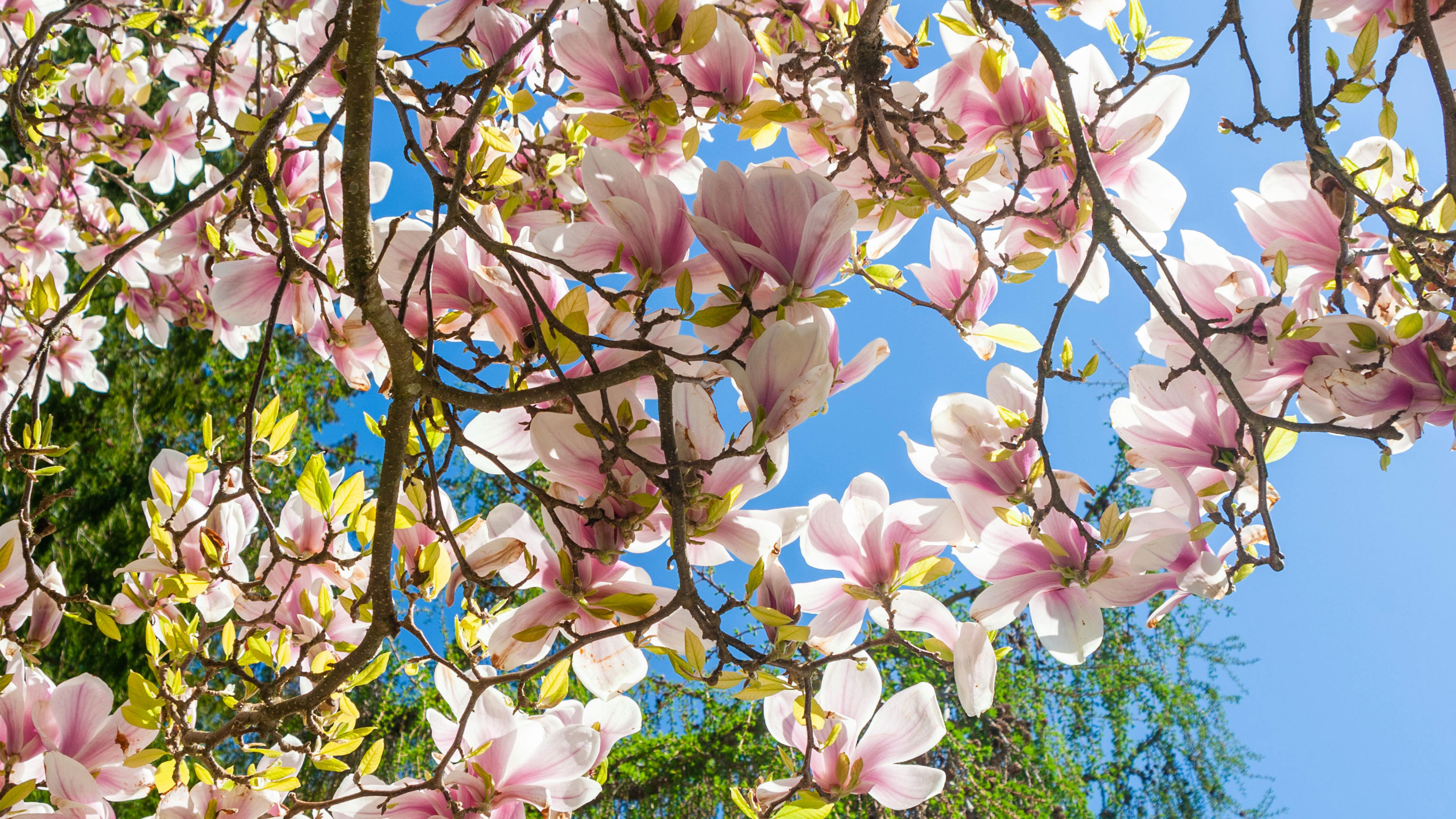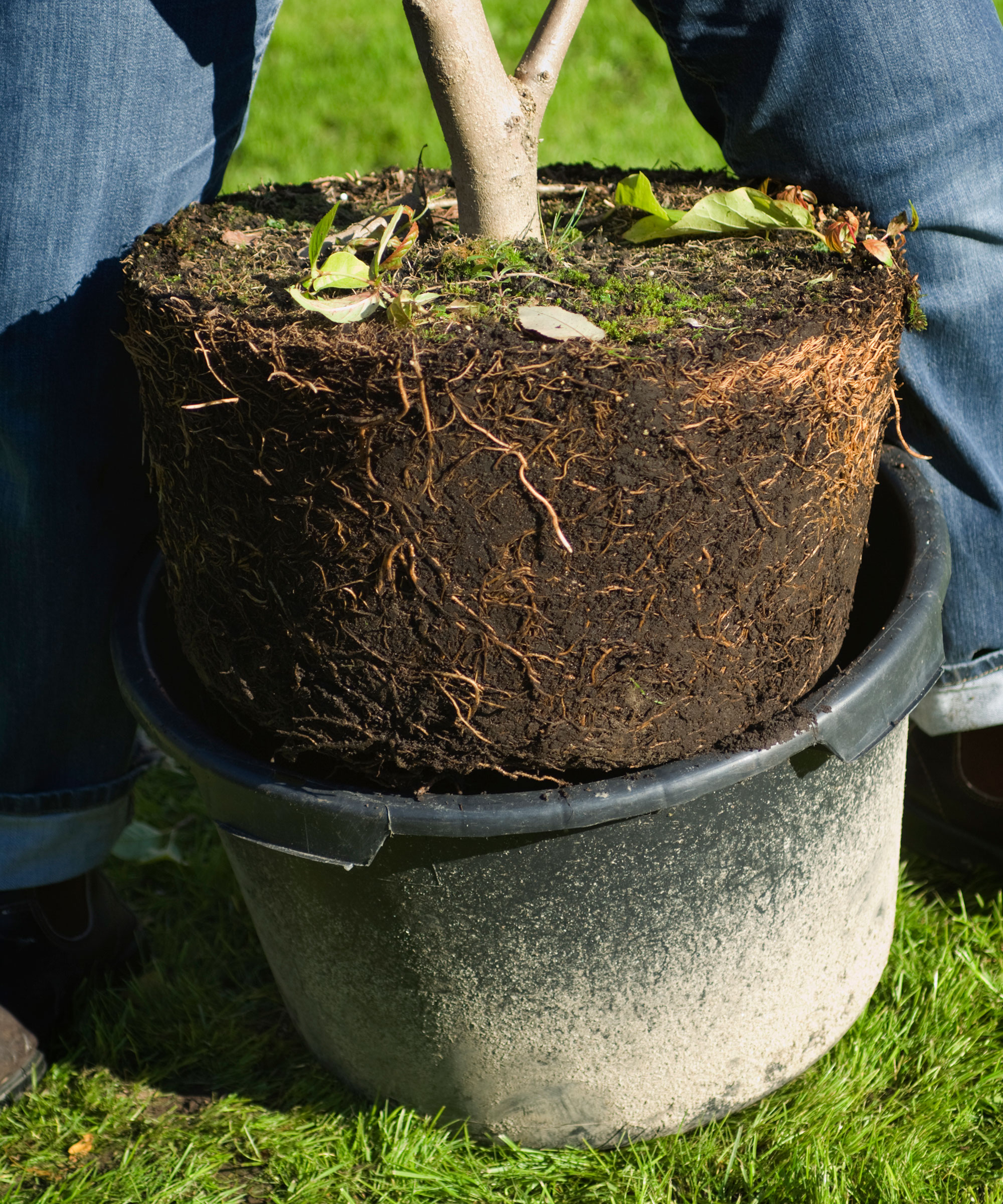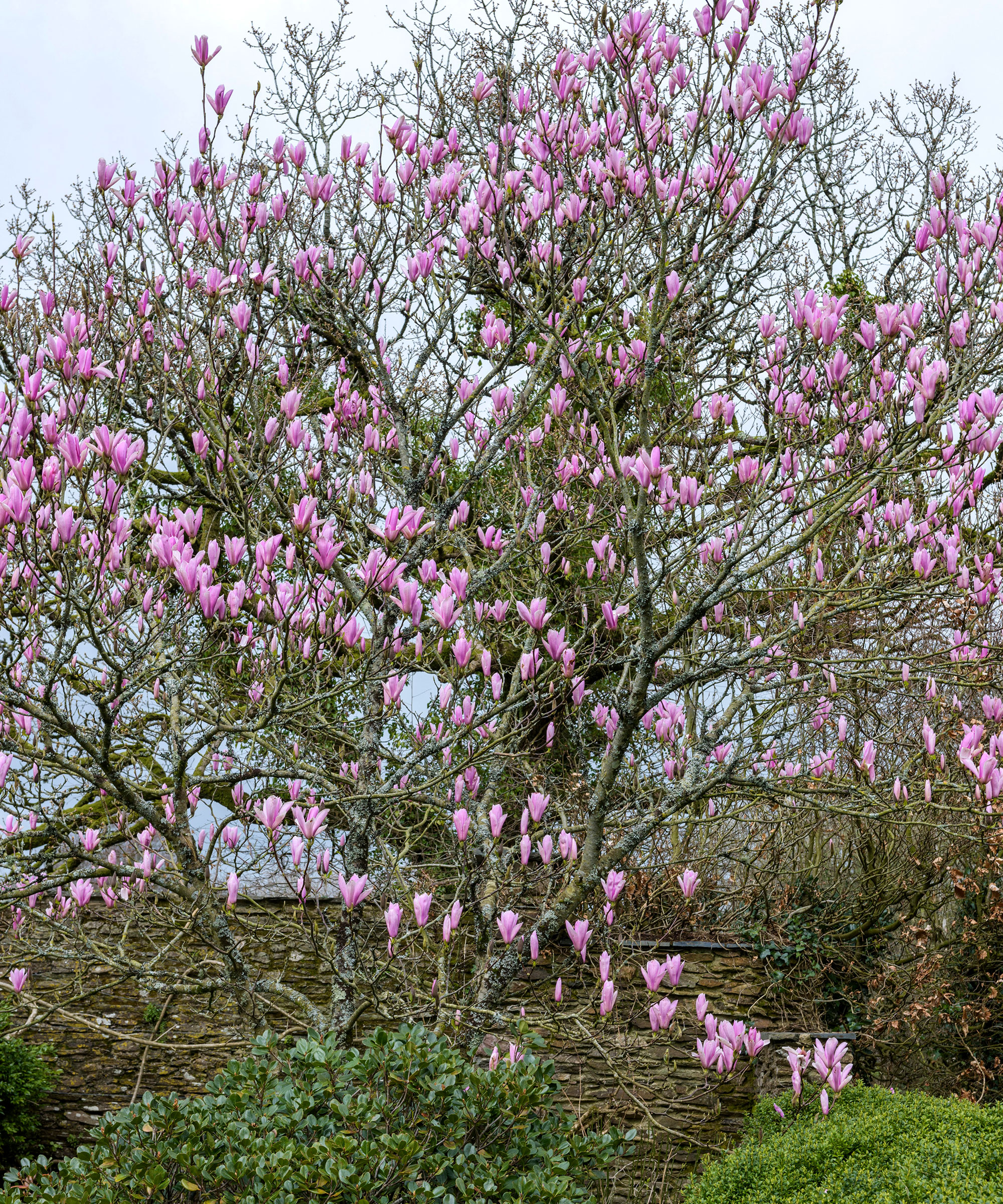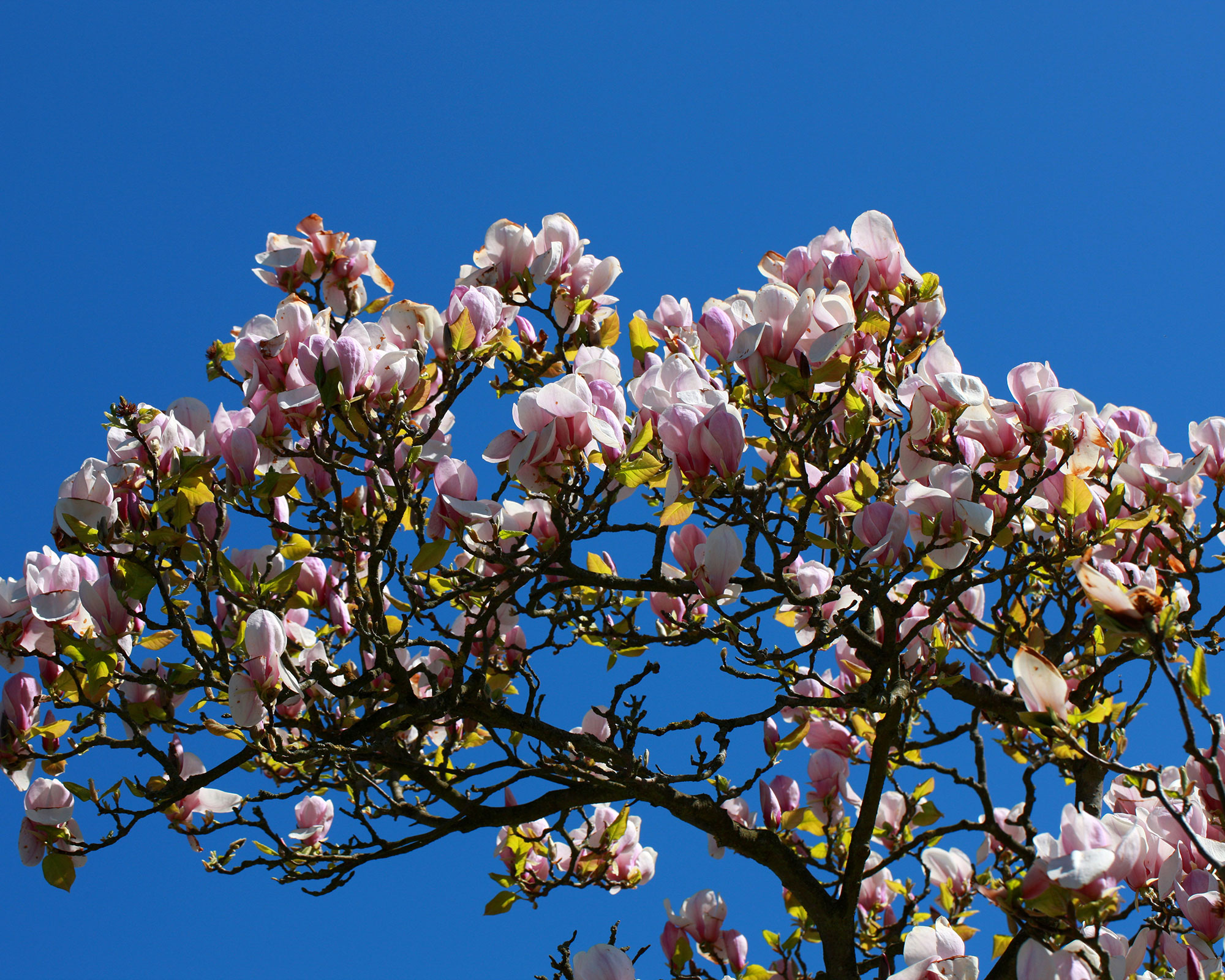How to plant a magnolia tree: an easy step-by-step guide
Find out how to plant a magnolia tree or bush so that it grows away well to bring you years of pleasure


Learning how to plant a magnolia tree is key to ensuring it will thrive as it grows. Magnolias can be long-lived, as both trees and shrubs, but the best way to ensure that they grow away well and bloom prolifically is to be sure to plant them properly in the first place. Thoughtless planting is not something that you can correct later.
So think about whether you are planting your new magnolia trees in the right place – in 10 or 20 years’ time, how will they look? Think, too, about choosing the right kind of magnolia for your hardiness zone, your situation and for your soil type. Is your preferred site in the sun or shade, will it get the morning sunshine at flowering time? 'Think twice, buy once' is the best advice.
If you're choosing your own plant from a local nursery, look for one that is evenly branched and symmetrical – whether with a tree-like leader or repeatedly branched bushy growth. If nicely symmetrical when young, your new magnolia is more likely to develop an elegant symmetry after it is planted and matures.
At your local nursery check that plants are not parched and have no weeds growing in their pots. You may find magnolias balled-and-burlapped, with the root ball wrapped in burlap. Again, check for drought and weeds and remember that these can be very heavy.

Learn how to plant a magnolia tree in 8 simple steps
Whether you've chosen your favorite pink magnolia tree or a Jane magnolia to grow in your garden, follow these simple steps for planting your new backyard tree.
- The day before planting, water your new magnolia tree or bush with liquid rhododendron feed to give it a flying start.
- Get your best garden spade and dig a new planting hole at least 2ft (60cm) wide and as deep as the root ball. A balled-and-burlapped plant may have a larger rootball and need a wider hole. Fork over the base of the hole, adding some organic soil amendment such as garden compost or pine bark.
- Remove the plant from its container, and cut four evenly spaced vertical slits in the rootball, each about 1in (2.5) deep. This prevents the plants’ first roots constricting the root ball. Stand the plant in the hole and adjust the level by adding or removing soil so that the top of the rootball is in 2in (5cm) below the level of the surrounding soil.
- For balled-and-burlapped plants settle the unwrapped plant in the hole, adjust the level in the same way as for a containerized plant, then remove any wires and cut away the burlap from the sides. Do not attempt to remove the burlap from under the rootball, it will soon rot away.
- At this stage of how to plant a magnolia tree, supports need to be set in place for larger magnolias to prevent the wind rocking the plant’s roots. This is important for tree magnolias, and also when planting large specimen sized shrubs. Do not use a tall tree stake. Instead, choose two stakes about 3ft (1m) long. Knock each one in to about half its depth, on opposite sides of the root ball. Attach a rubber tree tie to the trunk then fix it to a stake so that it is tight, but not moving the tree out of vertical. Repeat the process on the other side, adjusting lengths so that the tree is held firmly vertical.
- Follow the same process for a large shrub, although it may take some careful thought to fit the tree ties through its low branches. A clever alternative is to use galvanized wire. Thread the wire through a 6in (15cm) length of garden hosepipe and maneuver it through the branches. Then loop the pipe around the main stem to protect it from the wire. Then fix to the stakes.
- Mix some weed free organic matter 50:50 with soil from the hole and use it to refill, firming well with your hands or the toe of your boot – not your heel, as it is easy to firm too hard.
- The final stages of how to plant a magnolia tree or bush are to water in well and feed with another dose of liquid rhododendron feed, then mulch with 1-2in (2.5-5cm) of weed free organic matter such as pine bark.

Use two wooden stakes and a rubber tree tie to support a young magnolia tree as it grows
When should I plant a magnolia tree?
Evergreen magnolias are best planted in early spring as part of your spring garden jobs. In mild climates, deciduous varieties should be planted fall or in spring, winter is also suitable if the ground is neither frozen or waterlogged.

Does my magnolia need any special treatment after planting?
Irrigating in dry spells will help your magnolia grow steadily without setbacks, this is especially important in its first year or two before the roots are established. Drying out soon after flowering should certainly be prevented, annual mulching with bark can be a big help.
Research has shown that fertilizing plants like magnolias helps them grow strongly, especially in their first year. Either use a liquid rhododendron feed every four to six weeks until late summer, or apply a dry rhododendron fertilizer immediately after planting and before mulching. It has also been proven that biweekly foliar feeding, preferably on summer evenings, helps stimulate growth


Graham Rice is a garden writer who has won awards for his work online, and in books and magazines, on both sides of the Atlantic. He is a member of a number of Royal Horticultural Society committees and the recipient of the 2021 Garden Media Guild Lifetime Achievement Award.
